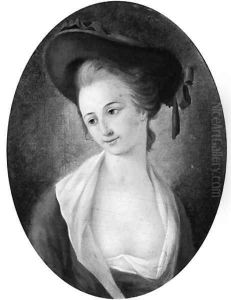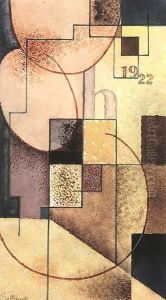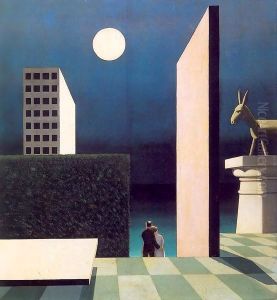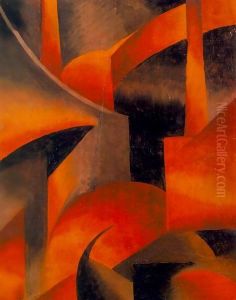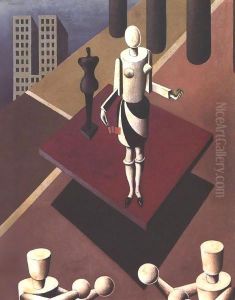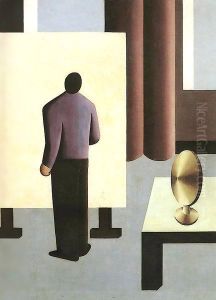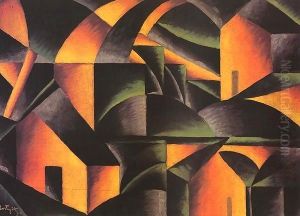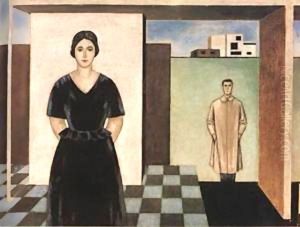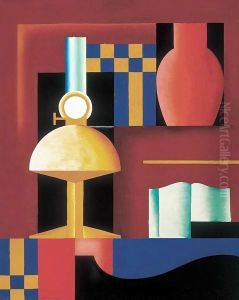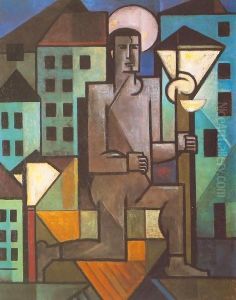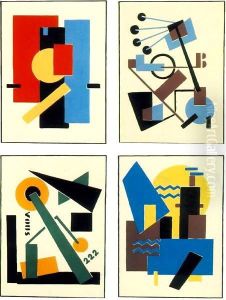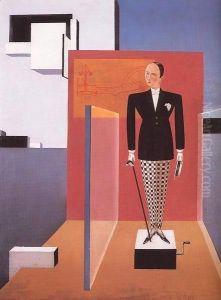Piere-Paul Prudhon Paintings
Pierre-Paul Prud'hon was a distinguished French painter and draughtsman, celebrated for his allegorical paintings and portraits, which exude an air of melancholy and grace. Born on April 4, 1758, in Cluny, Saône-et-Loire, France, Prud'hon grew up in a modest family. His artistic talent became apparent at an early age, prompting his admission to the École des Beaux-Arts in Dijon. His exceptional skills earned him a scholarship to study in Rome, where he was deeply influenced by the works of Leonardo da Vinci and Correggio, marking a significant departure from the Neoclassicism that dominated French art at the time.
During the turbulent years of the French Revolution and the Napoleonic era, Prud'hon managed to navigate the shifting political landscape, receiving commissions from various political regimes. His work, characterized by its emotional depth and use of soft, diffused light, stood in contrast to the more austere and heroic themes preferred by his contemporaries. One of his most famous works, 'Justice and Divine Vengeance Pursuing Crime' (1808), perfectly encapsulates his unique style and philosophical approach to art.
Prud'hon's personal life was fraught with tragedy and difficulties. His marriage was unhappy, and he found solace and inspiration in his relationship with Constance Mayer, a talented pupil of his. This partnership, both romantic and artistic, ended in tragedy when Mayer took her own life in 1821. This event devastated Prud'hon, and he never fully recovered from the loss.
Despite his personal struggles, Prud'hon's contributions to French art were significant. He served as a court painter to Empress Josephine and later to Marie Louise, Duchess of Parma. His influence extended to his role as a teacher at the Académie des Beaux-Arts, where he mentored future generations of artists. Pierre-Paul Prud'hon's legacy is that of a bridge between the Neoclassical and Romantic movements, embodying the emotional and sensual possibilities of art. He died on February 16, 1823, in Paris, leaving behind a body of work that continues to be admired for its beauty and emotional resonance.
